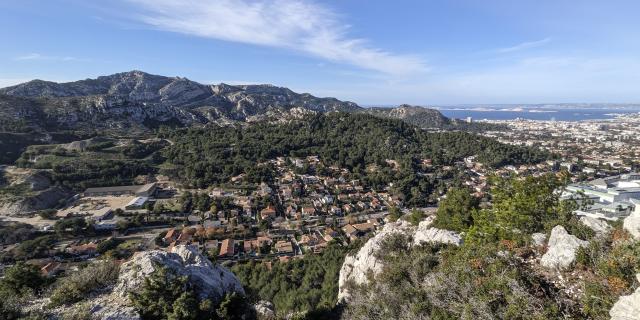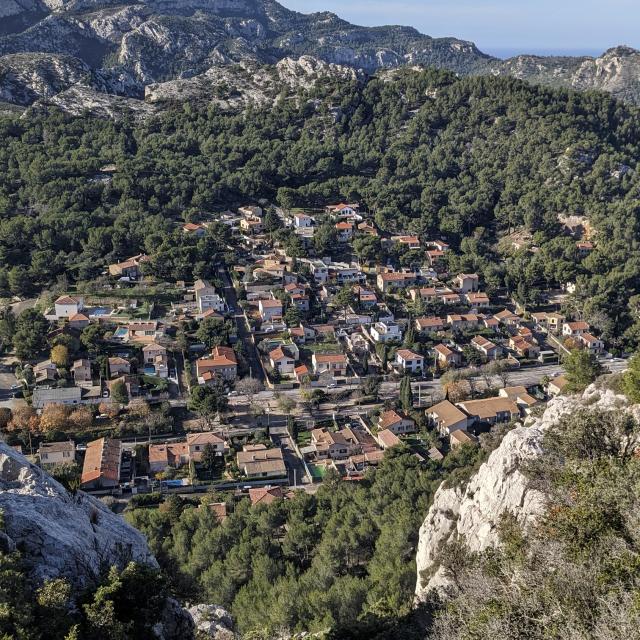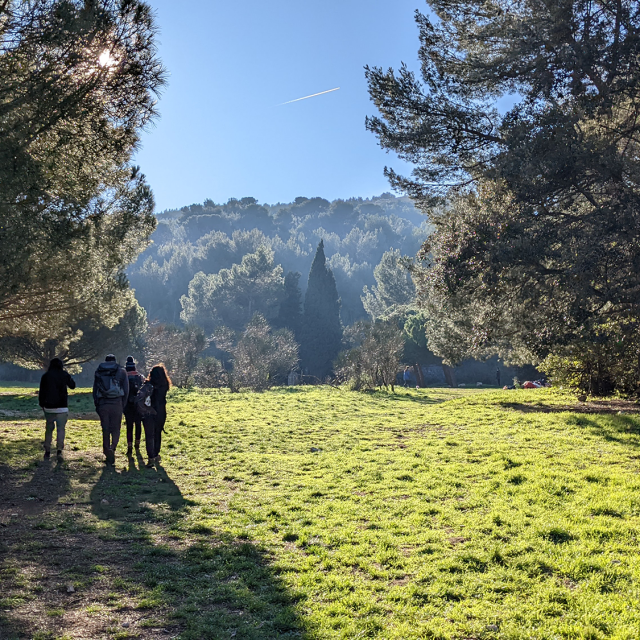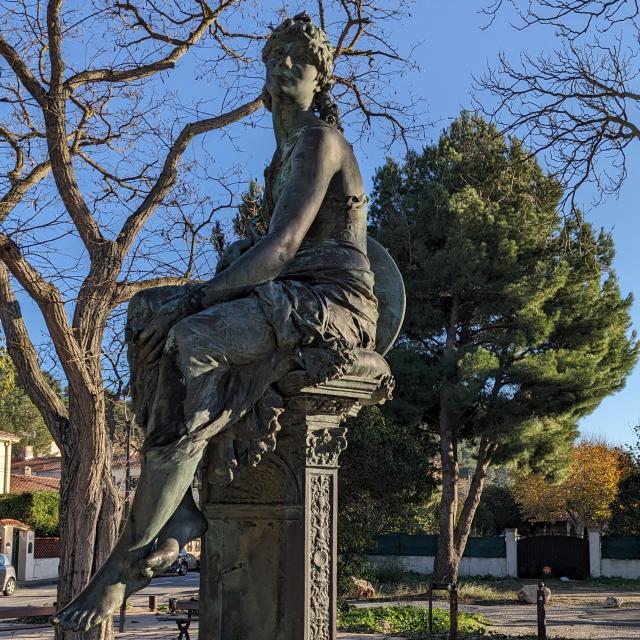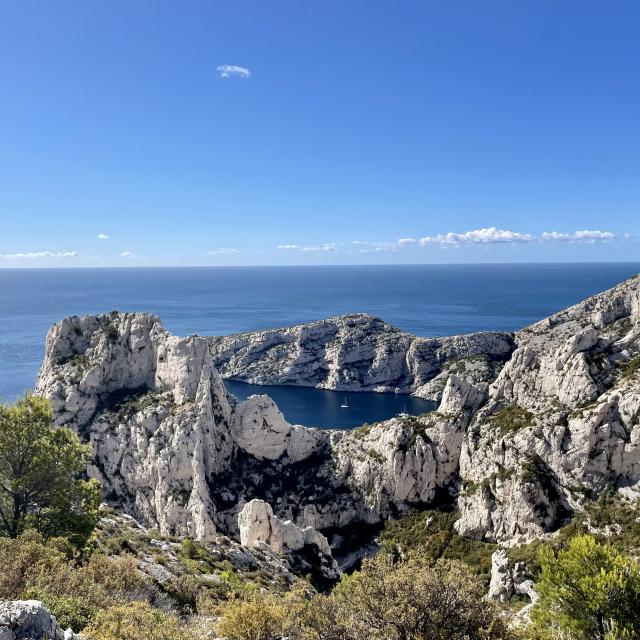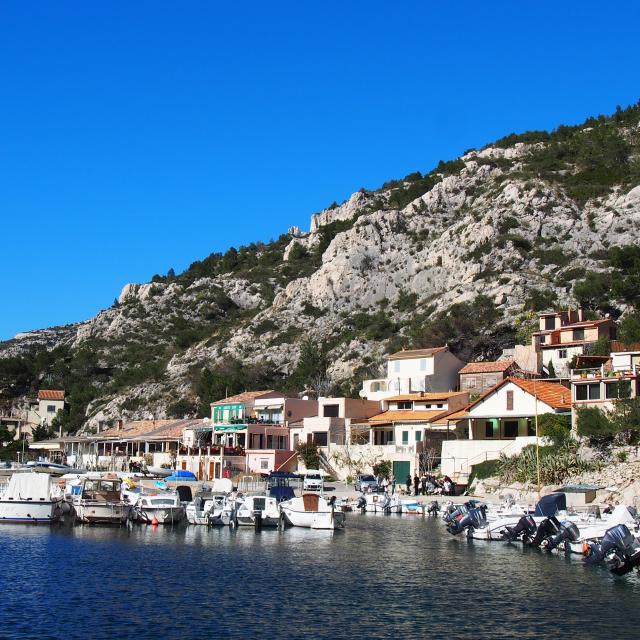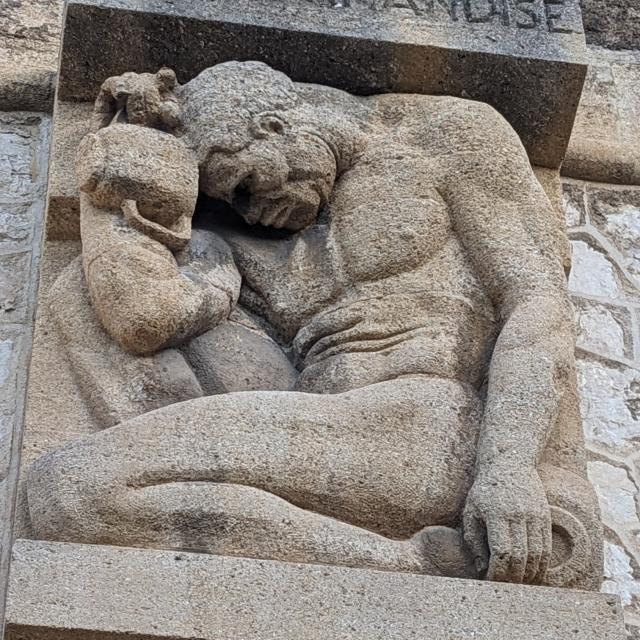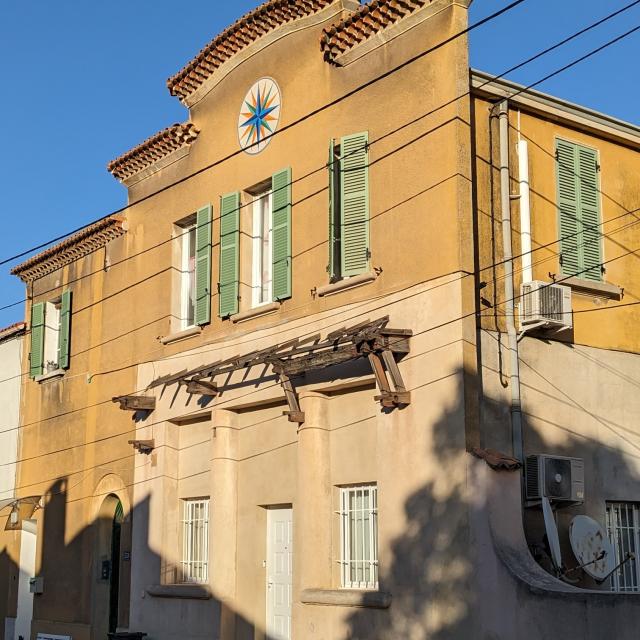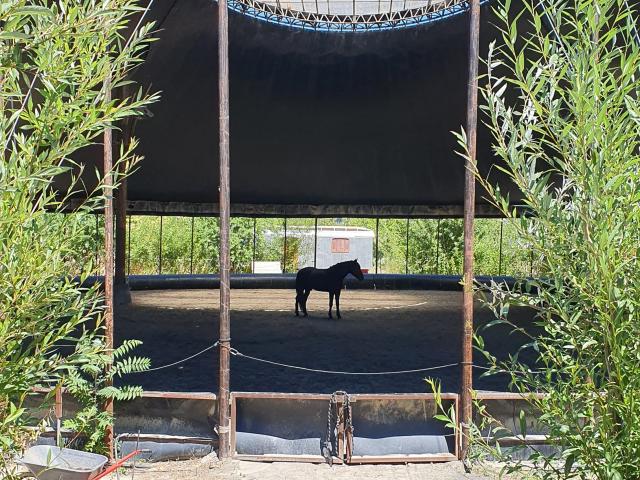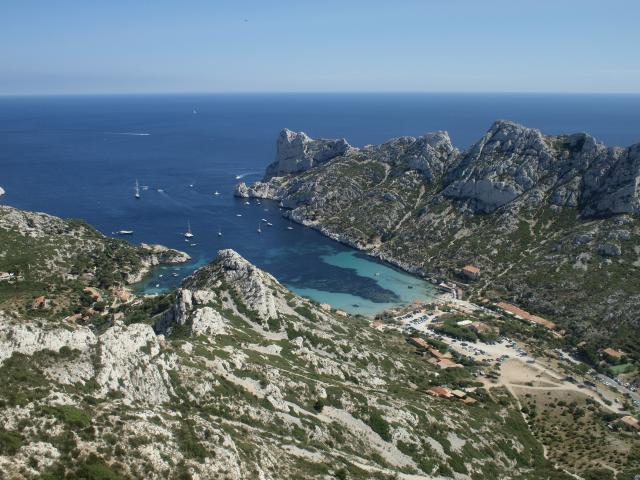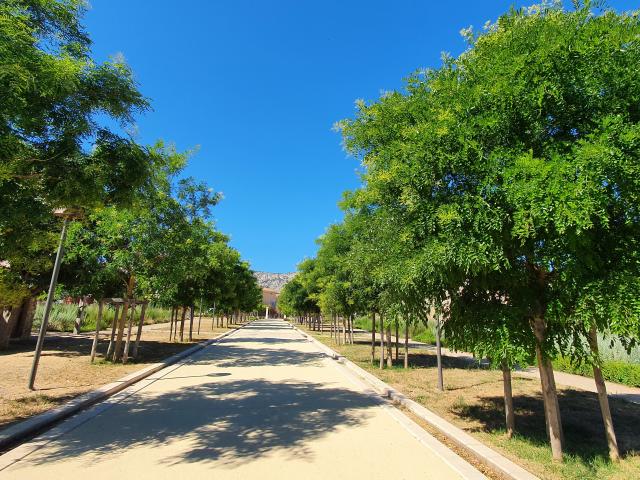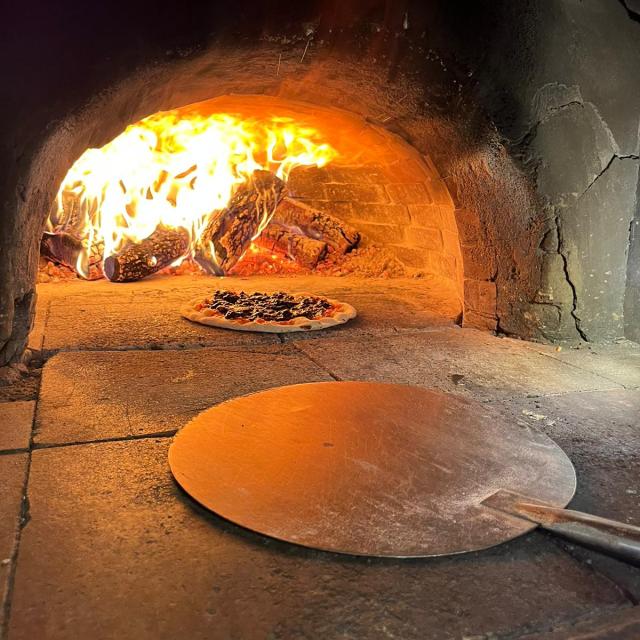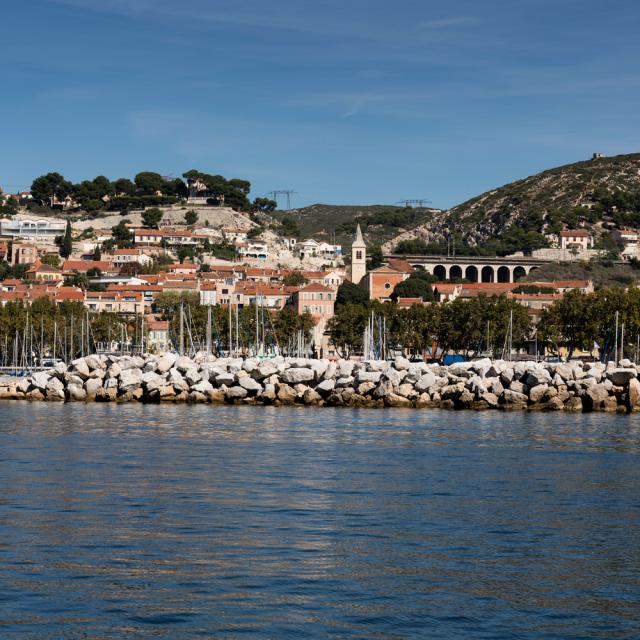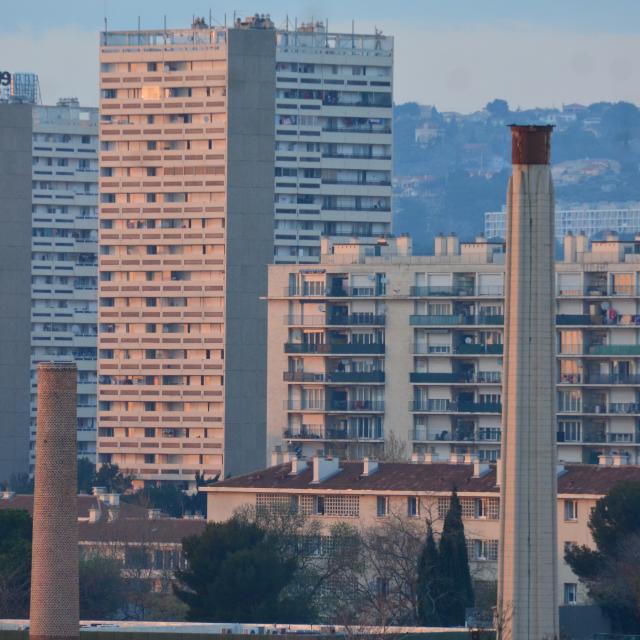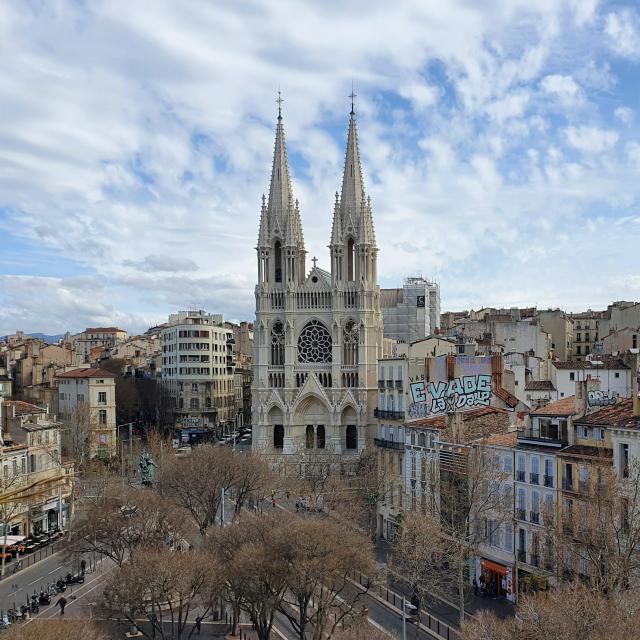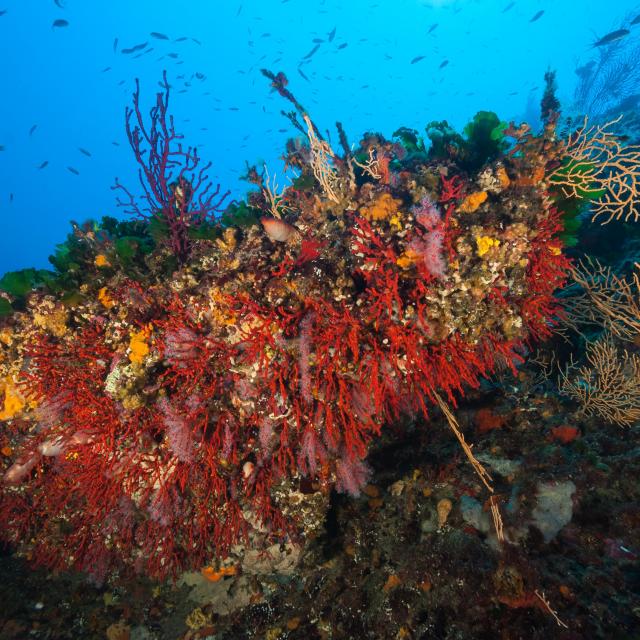The history of the Baumettes district
The district is located in a valley, bordered on both sides by the Escampons crest, the Lun hill and it is dominated by a series of passes: the Lun pass, the Baumettes pass and the Morgiou pass. For many years, a mule trail which passed through the Baumettes district provided a link between the village of Mazargues and the Morgiou cove.
Even today, if you want to go to the Calanques of Sormiou or Morgiou, you will have to go through the Beauvallon district and les Baumettes, which are the starting point to get to these creeks.
The area, which is mainly wooded and suited to market gardening, wine-growing, hunting and fishing, has never been densely populated. Its location away from the city and the wide open spaces made it easy to work the land. But there were also polluted factories. In 1817, the Lun valley was the site of a soda factory, a substance used in the soap industry to make detergents using caustic soda. A petroleumoil refinery was added in 1863. It was not until the very end of the 19th century that the refinery ceased its activities, moving to the town of Port-de-Bouc, where all the petrochemical-related industries are still located.
At the beginning of the 20th century, the Calanque of Morgiou benefited from developments and a modern jetty and a dike were built there to protect the bottom of the creek from the waves pushed by the east wind. The first groups of walkers arrived, notably those from the société des Excursionnistes Marseillais who frequented the site and launched the hiking trend. It is one of the three historic activities practiced in the Calanques of Morgiou and Sormiou with climbing and diving.
It was also at this time that agricultural land was sold and transformed to accomodate populations described as ‘undesirable’, always away from the city.
